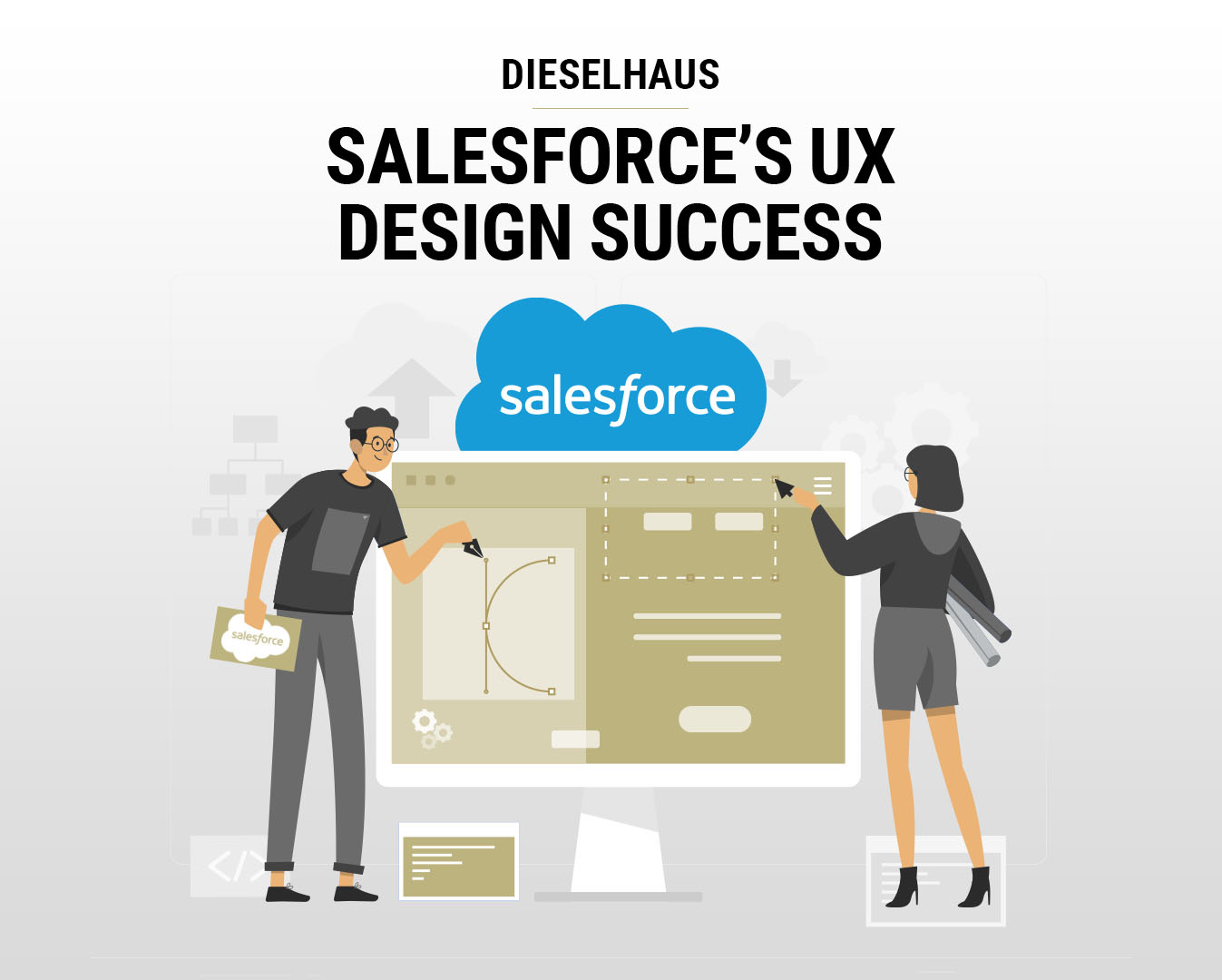
Beyond the lines of code and the dazzling interfaces lies a key aspect of Salesforce’s success: their meticulous user experience (UX) design and development methodologies. Let’s take a closer look at how they weave user-centric excellence into the fabric of their products and services.
Agile Development
Salesforce’s development teams embrace the agile methodology, which promotes iterative and flexible development cycles. This approach allows for quick adaptations to changing user needs and market trends, resulting in products that are finely tuned to user requirements.
Design Thinking
The foundation of Salesforce’s UX design is rooted in design thinking. This human-centered approach places empathy at the forefront, ensuring that designers deeply understand user needs, pain points, and behaviors before diving into the design process.
User-Centric Research
Before a single line of code is written, Salesforce invests in thorough user research. Through surveys, interviews, usability tests, and data analysis, they gather insights that shape the direction of their products, guaranteeing solutions that resonate with users.
Prototyping and Iteration
Salesforce’s UX design process revolves around prototyping and iteration. They create interactive prototypes that simulate the user experience, enabling them to gather feedback early on and iterate until the design is intuitive, efficient, and delightful.
Cross-Functional Collaboration
The success of Salesforce’s UX efforts is a result of seamless cross-functional collaboration. Designers, developers, product managers, and stakeholders work closely to ensure that design decisions align with technical feasibility and business goals.
Accessibility and Inclusion
Inclusivity is a hallmark of Salesforce’s UX philosophy. They ensure that their products are accessible to users with disabilities, adhering to industry standards and guidelines that prioritize equal access and usability for all.
User-Testing Labs
Salesforce takes user testing seriously. They have dedicated labs where real users interact with prototypes and products, allowing designers and developers to observe user behavior, identify pain points, and fine-tune the experience accordingly.
Personalization and AI
Leveraging their Einstein AI technology, Salesforce incorporates personalization into their UX design. By analyzing user data, they create tailored experiences that anticipate user needs, providing a more intuitive and relevant journey.
Continuous Improvement
The user experience journey doesn’t end at launch. Salesforce believes in continuous improvement, gathering user feedback post-launch and making iterative enhancements to refine the experience over time.
Community Involvement
The Salesforce ecosystem is more than just their products – it’s a community. They encourage user feedback and involve the community in shaping the future of their offerings, ensuring that their solutions remain aligned with real-world needs.
In Conclusion…
In essence, Salesforce’s user experience design and development methodologies are an embodiment of their commitment to delivering products that resonate with users on a profound level. By combining agile development, design thinking, rigorous research, and an unwavering focus on the user, they’ve managed to create an ecosystem that doesn’t just meet expectations – it exceeds them.
Whether you’re a sales professional, a marketer, a service agent, or an analyst, Salesforce’s UX design ensures that you have the tools to excel in your domain, seamlessly and intuitively. We’ve worked on a variety of integrations with the platform since 2008 and have nothing but praise for their commitment to fundamental UX design.
Get Started

















